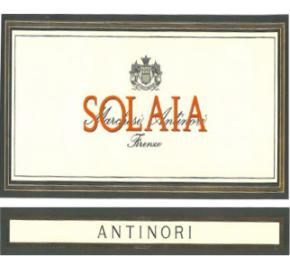
Solaia - by Piero Antinori 2014
Log in to view pricing and order online
Don't have an account? Register here
Item# 83116DM-14
James Suckling
95pt
Vinous Media
94pt
Wine Enthusiast
94pt
Wine Spectator
93pt
Wine Advocate
95pt
